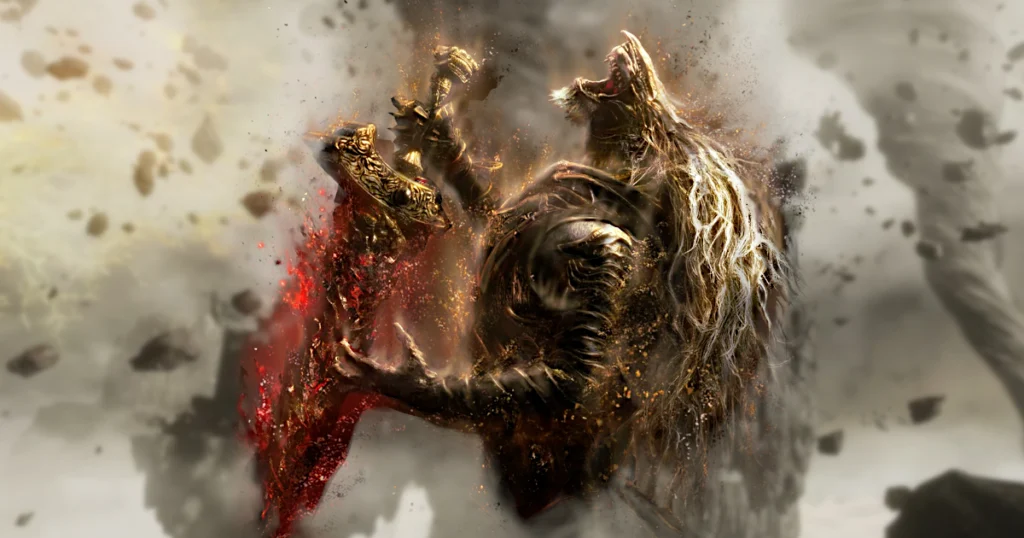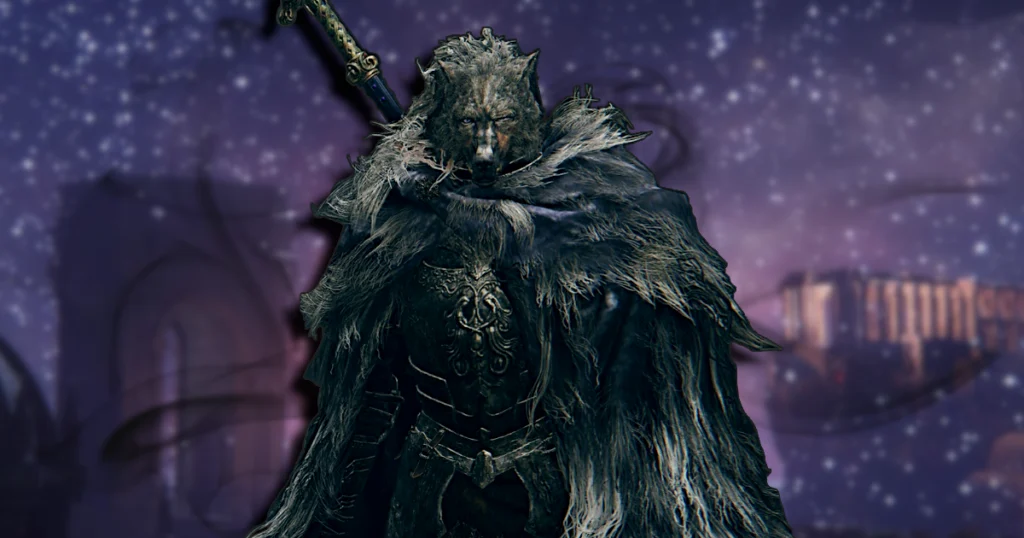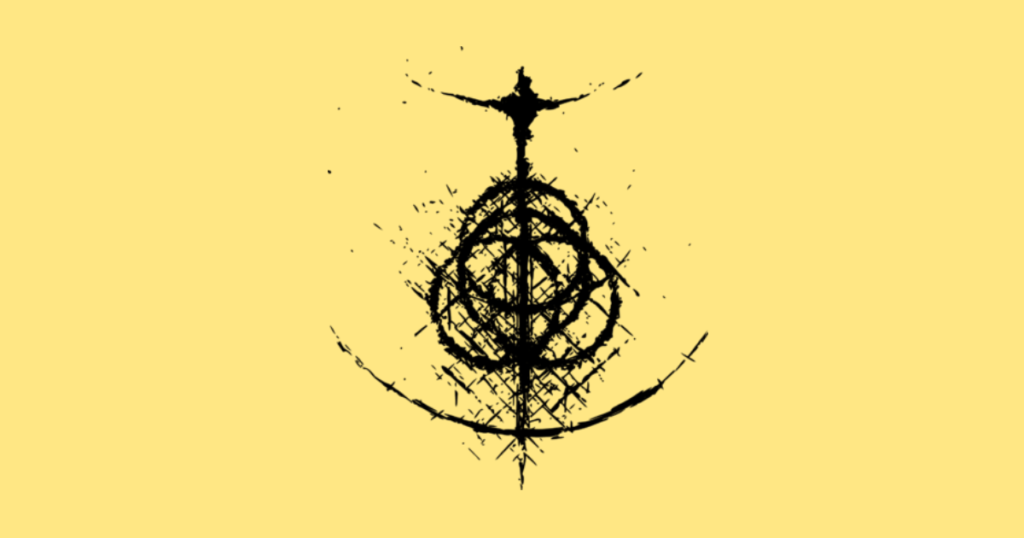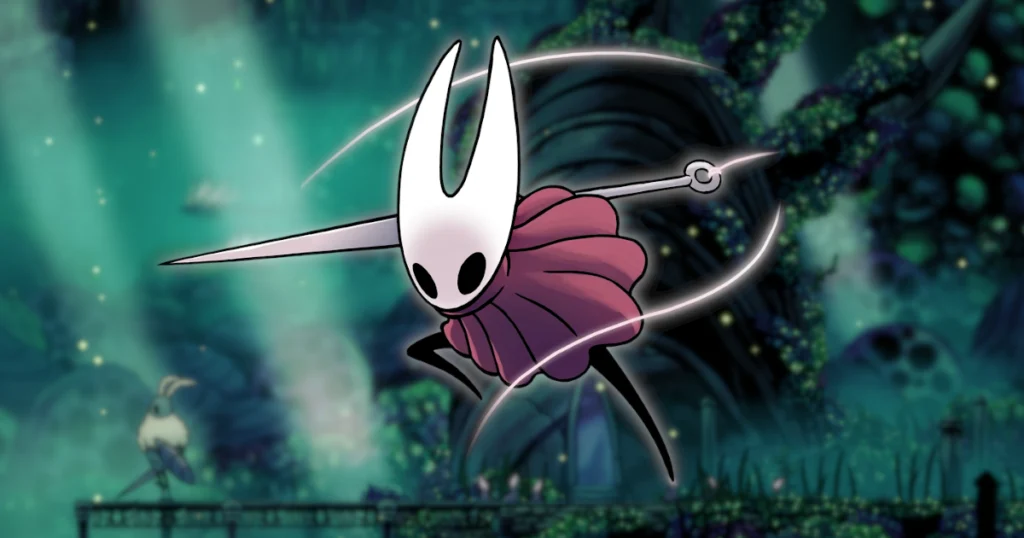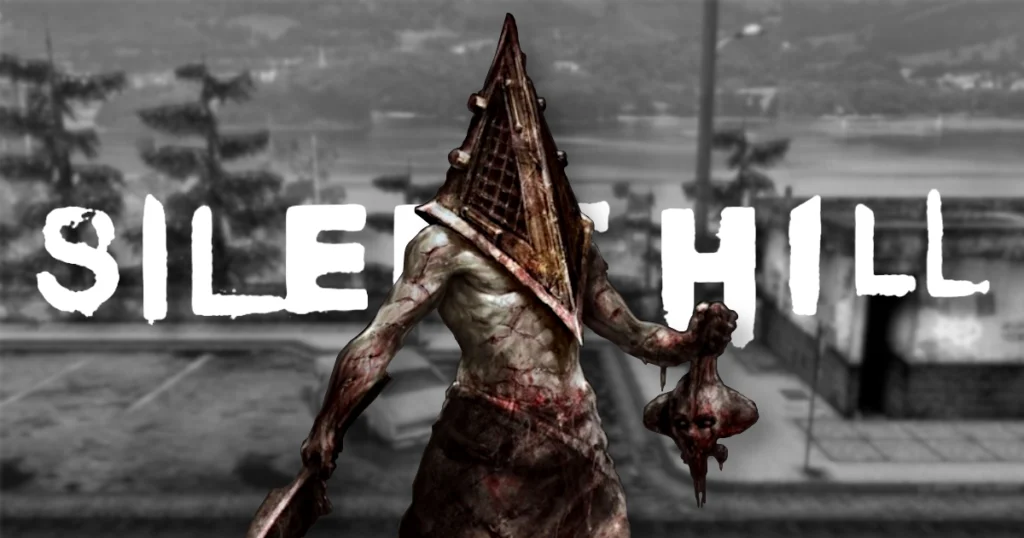
The Silent Hill series has been the staple of psychological and atmospheric horror video games since its inception. The franchise has seen some ups and downs, but the title is held up high to this day and is being revitalized with projects like the infamous Silent Hill: Ascension and Silent Hill 2 Remake.
For many fans, Silent Hill 2 stands out as the pinnacle of the series, and one of its monsters, Pyramid Head, has become a permanent icon of the horror genre.
In this article I will guide you through Pyramid Head’s lore, symbolism, concept and impact. So, get something to drink and get comfy — Here we go!
Pyramid Head’s Origins and First Appearance
Pyramid Head made his first chilling appearance in Silent Hill 2, released in 2001 for PlayStation 2. For the second entry in the Silent Hill franchise, Team Silent — The developer behind the first Silent Hill entries — needed a “chaser” monster to relentlessly hunt the main character, James Sunderland, at every step.
Masahiro Ito, Creature Designer for the first three Silent Hill games, wanted Pyramid Head to be more than just a scary faceless entity: He wanted him to serve as a manifestation of James’s inner struggles. The result was an incredible design which is also deeply intertwined with the game’s narrative
Pyramid Head’s Design
Pyramid Head, canonically known as Red Pyramid Thing, is instantly recognizable by his massive, pyramid-shaped helmet. Masahiro Ito’s inspiration for this design is based on German Tanks and on the Lippisch P 13 a, an experimental ramjet-powered interceptor from World War II.
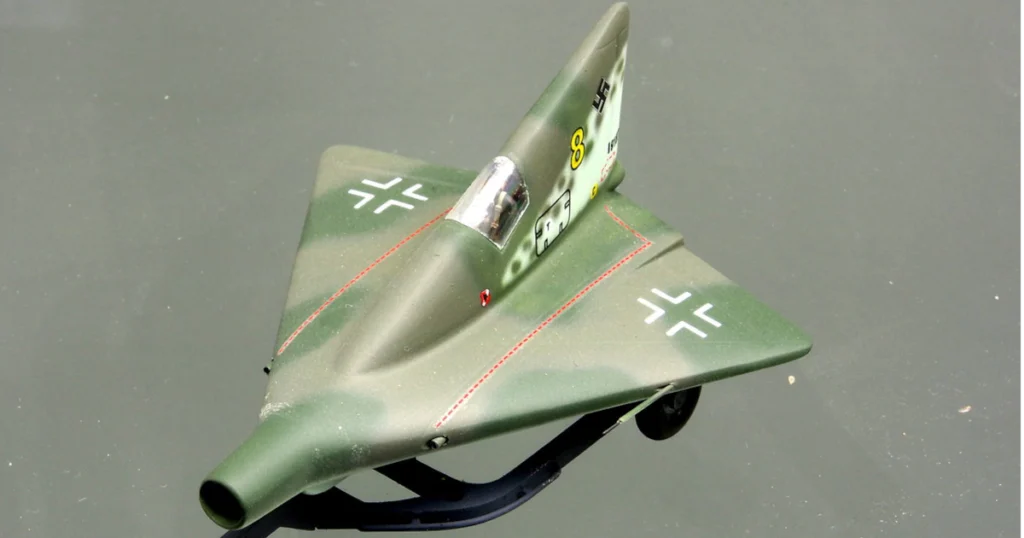
Interestingly, Masahiro Ito’s first sketch of Pyramid Head did not include the pyramid helmet; Instead, he had fabric covering his face, which was much less terrifying.
Other famous parts of his attire include the bloodstained butcher’s apron and the Great Knife — a massive sword that he drags behind him.
Everything about Pyramid Head reflects themes of punishment and hidden guilt, resonating with the psychological tones of Silent Hill 2. Over the years, and through several appearances, Pyramid Head’s design has slightly evolved, but the core elements have remained consistent, preserving his iconic status.
The Lore Behind Pyramid Head
Pyramid Head’s lore is intertwined with James Sunderland, serving as a projection of James’ inner need to punish himself for killing his wife. Pyramid Head is a distorted version of the executioners from the Cult of Valtiel, the town’s sect, inspired by a painting in Silent Hill Historical Society, titled “Misty Day, Remains of the Judgement”.
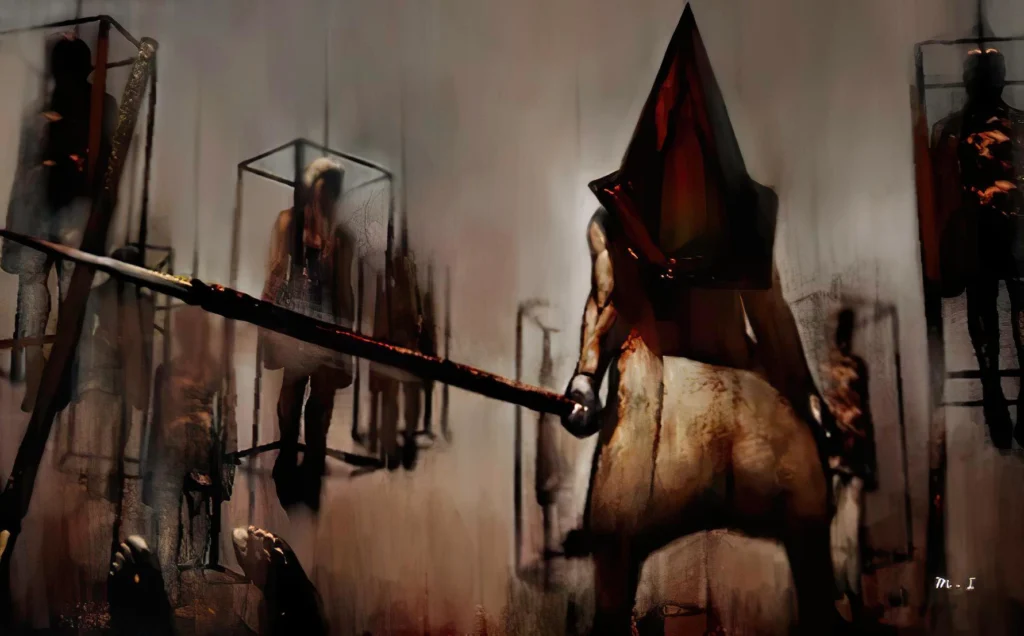
During the events of Silent Hill 2, Pyramid Head attacks James Sunderland and kills Maria — a woman closely resembling James’s wife — Three times. Yes, you read correctly. Three. Eventually, Pyramid Head kills himself once James realizes that Pyramid Head was a projection for his own need for punishment.
I consider this, combined with the atmosphere and graphics of Silent Hill 2, to be the peak of psychological horror and definitive hallmark of Silent hill.
Gameplay and Mechanics
In Silent Hill 2, Pyramid Head is an unstoppable force, evoking a deep sense of dread whenever he appears. Unlike the other monsters encountered by James Sunderland, which can be either killed or avoided, Pyramid Head is just… inevitable. Brutal. He appears in scripted sequences or cutscenes, leaving the player no options but to avoid being killed. Trying to fight Pyramid Head is useless, as he is immortal. These mechanics are directly linked to Pyramid Head’s purpose in the game. The sense of inevitability and relentless pursuit mirrors how James perceives his own guilt, reinforcing the psychological horror that Silent Hill 2 is renowned for.
Pyramid Head in Other Silent Hill Games and Media
Following Silent Hill 2, Pyramid Head has appeared in several other Silent Hill games, including Silent Hill: Homecoming and Silent Hill: The Arcade. He also made notable appearances in the 2006 Silent Hill movie adaptation and the video game Dead by Daylight.
Speaking of Dead by Daylight, I recently wrote an article about the lore of the Nurse, if you are interested!
While these appearances have helped cement Pyramid Head’s iconic status, they also have sparked controversy. Masahiro Ito, along with many Silent Hill fans argue that the character’s overuse has diluted his original purpose and direct link to James Sunderland, relegating Pyramid Head to a more generic role of executioner.
Ito made a very clear Tweet on the July 30, 2017, stating:
Red Pyramid Thing is “just only” James’s delusion.
-Masahiro Ito, Twitter
Then, well, Masahiro Ito isn’t Konami. In a twisted way, I can understand how a company wants to push their successful characters as much as possible to cash in on fans like yours truly.
Conclusion
Pyramid Head remains a powerful symbol within the Silent Hill series and the horror genre. His enduring presence in pop culture speaks to the effectiveness of his design (thanks again Mr. Ito) and the depth of his symbolic meaning. As the Silent Hill franchise continues to evolve, Pyramid Head’s legacy as a figure of fear and psychological complexity is assured.
I can’t wait for Silent Hill 2 Remake. I really hope that Bloober Team — the development team behind the upcoming remake — will do him enough justice.
Thank you very much for reading until the end! If you enjoyed this analysis of Pyramid Head, I recommend checking out my analysis of the first Silent Hill game!
See you in the next one!
